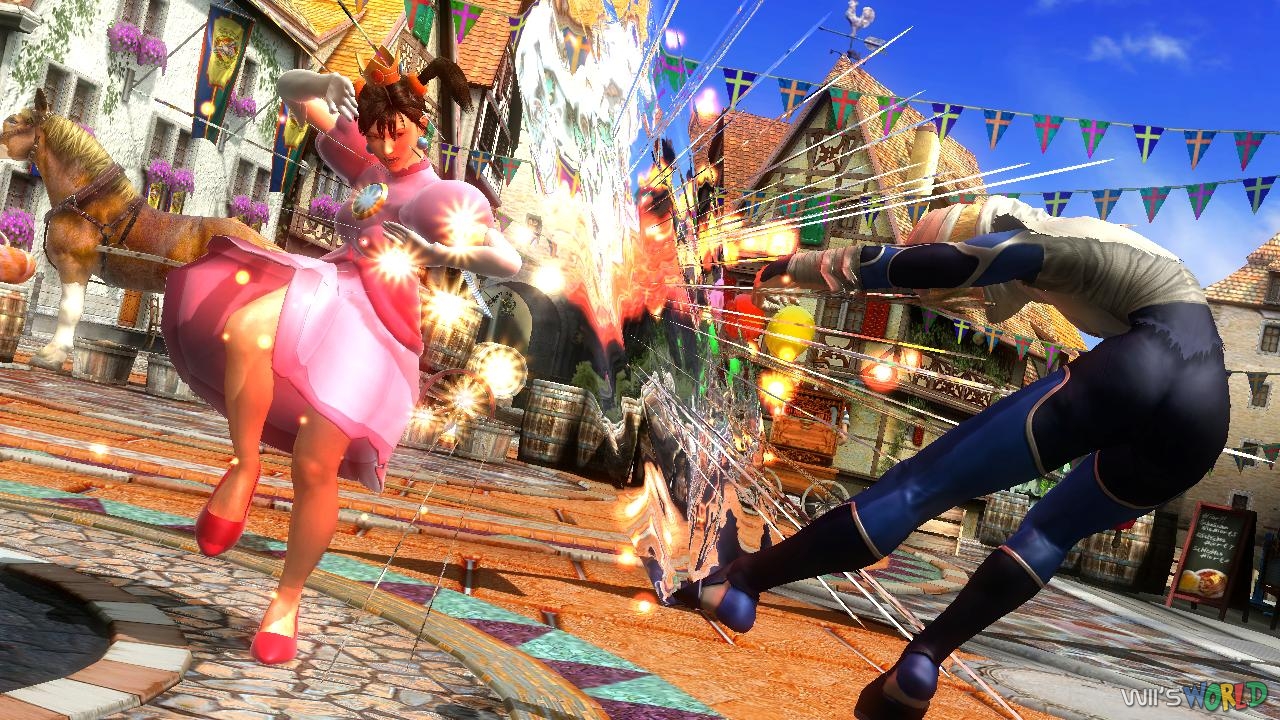

U, Pikmin 3, and Wii Fit U on the way in the first half year after launch.
#TEKKEN TAG TOURNAMENT 2 MOVE LISTS SOFTWARE#
And what we did with the Wii at $249 and leaving it there for, I think, about three and a half years is very much consistent with our pricing philosophy."īeyond Nintendo Land, Nintendo had planned a software lineup led by first-party titles like New Super Mario Bros. When we had to do that for 3DS, it was a very painful proposition for us. He added, "We don't believe in pricing a product and then having to reduce the price some short time later. "We think $299 is a really strong value, and it's a value that's going to be strong for a long time," Fils-Aime said, making it clear the company had no intention of repeating its 3DS launch debacle, where it slashed the price drastically half a year after launch. The system price was a little high for some people's liking, but Nintendo of America president Reggie Fils-Aime dismissed such concerns out of hand.

Nintendo Land had nods to numerous franchises people might have preferred to see at launch It would be $300 for the basic white Wii U, or $350 for a black Deluxe model with more internal memory and a copy of the minigame collection Nintendo Land. The Wii U would launch in November in both the US and Europe, borrowing the multiple SKU strategy that Microsoft and Sony had embraced the prior generation. September of 2012 was when it dropped the launch plans for the system. GameStop and Wedbush Morgan analyst Michael Pachter were saying the industry scuttlebutt even had one of those consoles slipping into 2014.įor the first time since the NES, Nintendo had the opportunity to set the pace for a console generation. But that microconsole wasn't supposed to launch until March of 2013, and Sony and Microsoft hadn't even announced their next systems, suggesting they wouldn't arrive until roughly a year after Wii U hit shelves. People were desperate for something new, as we saw a couple months prior with the unbridled enthusiasm around the Ouya.

Nintendo was readying the Wii U for a holiday release, when it would be the first new console on shelves in six years. The Wii U was going to be the first new console on shelves in six yearsīut things were different 10 years ago this month. Nintendo's track record of releasing systems whenever it was good and ready rather than feeling rushed by the competition felt very in character for a company with a track record of doing its own thing, from sticking with cartridges after others switched to CD-ROMs to adding a second screen to a handheld to reinventing the fundamental user interface with the Wii Remote. The Wii hit stores alongside the PlayStation 3, but a year after Microsoft's Xbox 360. The GameCube arrived a year after the PlayStation 2 and two years after Sega's Dreamcast. The Nintendo 64 arrived fashionably late to the Sony PlayStation and Sega Saturn generation. The Super Nintendo trailed the Sega Genesis/Mega Drive into stores. Historically speaking, Nintendo had not really been a big believer in the early mover advantage.


 0 kommentar(er)
0 kommentar(er)
